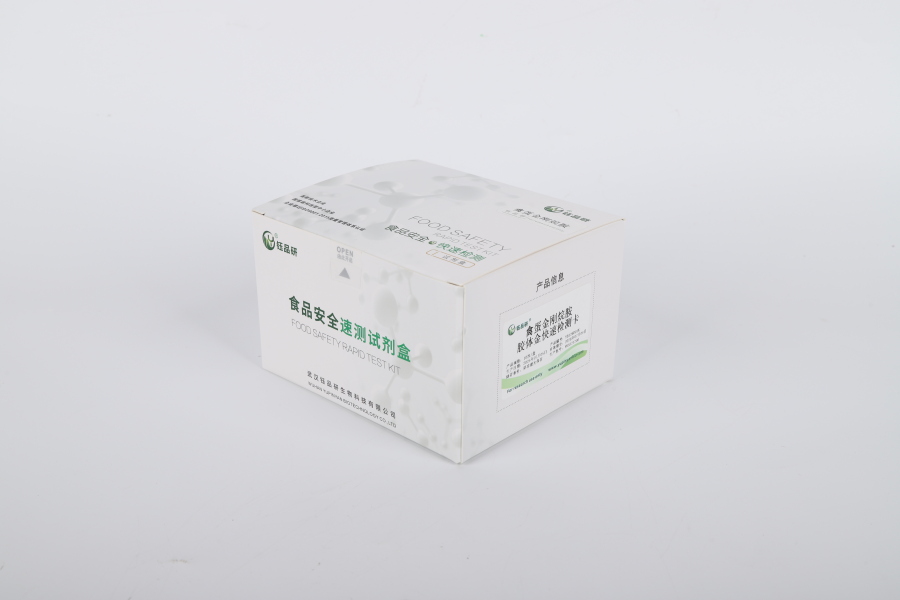As an important source of nutrition in the daily diet, the quality and safety of poultry eggs are directly related to the health of consumers. In recent years, with the extensive use of antibiotics in the breeding industry, the problem of tetracycline drug residues in poultry eggs has attracted increasing attention. Although tetracycline drugs can effectively prevent and treat poultry diseases, excessive residues may lead to health risks such as human allergies, liver and kidney function damage, so it is essential to establish a rapid and accurate detection method.
Colloidal gold immunochromatography technology, as a mature and rapid detection method, has been widely used in the field of food safety detection due to its advantages of simple operation, short detection time and low cost. The tetracycline colloidal gold detection card developed by Wuhan Yupinyan Bio is based on this technical principle, providing a reliable tool for on-site screening of tetracycline residues in poultry eggs.
The detection principle of this detection card is mainly based on the competitive binding reaction of antigens and antibodies. Colloidal gold is gold nanoparticles formed by the reduction reaction of chloroauric acid. It has good stability and color rendering ability and is often used to label antibodies. On the chromatographic strip of the detection card, the detection line (T line) is coated with tetracycline antigen, and the quality control line (C line) is coated with capture antibodies labeled with colloidal gold antibodies. When the egg sample (after appropriate treatment) is added dropwise to the detection card and sample well, the tetracycline residue in the sample will bind to the tetracycline antibody labeled with colloidal gold to form an "antigen-antibody-colloidal gold" complex. Subsequently, the complex moves on the membrane with the chromatography solution. If tetracycline is present in the sample, it will compete with the tetracycline antigen coated with the detection line to bind the colloidal gold-labeled antibody, resulting in the inability of the complex to aggregate on the detection line and the detection line will not show color. If there is no tetracycline residue in the sample, the colloidal gold-labeled antibody will bind to the detection line and form a red band on the detection line. At the same time, the quality control line will develop color with or without tetracycline to determine whether the detection process
Through this principle, the egg tetracycline colloidal gold detection card can complete the detection within 10-15 minutes, the sample pre-processing is simple, no complicated equipment is required, suitable for grass-roots supervision, enterprise self-inspection and other scenarios, providing strong technical support for egg quality and safety supervision.


